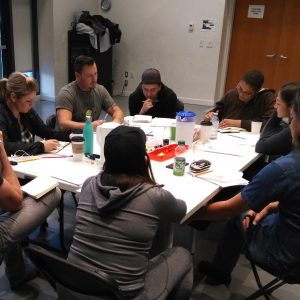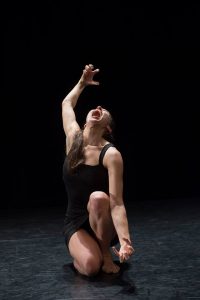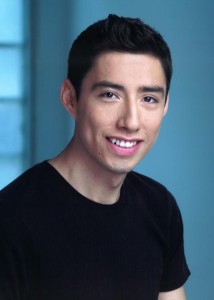We are excited to welcome new and emerging playwrights to Weesageechak 30, including Taran Kootenhayoo, the Denesuline and Nakoda Sioux actor and playwright who currently resides in Vancouver, BC. Kootenhayoo will share the first piece he has been able to develop as a playwright, which he describes it as “[his] offering to the conversation being had in this country.”
White Noise is a comedy on racial commentary – an effort to dissect the micro and macro nuance of racism that exists within Canada, particularly between Indigenous and non-Indigenous folks. “Through comedy, I hope to explore the layered racism that exist within ourselves and to witness it in others”.
“I’m hoping the effect of this piece will give room for people to have conversations that are usually awkward and ugly.”
“I want to learn from other people on this experience because I don’t have the answers myself. I’m curious to see exactly where we’re all at…we have a long way to go as a country in providing a safe space for different races to co-exist. It’s got to start somewhere and we’ll only know how to do that if we can sit inside of it together.”
Kootenhayoo hopes to witness and learn from like-minded creatives to better grow his work as an artist at the festival. “I also figured Weesageechak was the right place to present this work because Weesageechak is a trickster by nature, and I’d like to think of this work as a crafty teaching”.
Catch Kootenhayoo‘s White Noise on Thursday, November 16th!
More from Taran Kootenhayoo
Where do you find your inspiration for your creative work?
Protests, plays, books, graffiti/street art, spoken word poets, skateboarding, black and white film photography, the land, being in and out of love, hip-hop, cello, piano and still being alive.
What’s the best piece of advice you’ve been given?
Don’t let the bastards get you down – Elaine Bomberry
Do you have any advice for new Indigenous creators just coming onto the scene?
Don’t be afraid to be fully Indigenous. It may seem terrifying because we’ve been conditioned to not want to be who we are, but do it anyways.
What are your thoughts on addressing political topics through Indigenous art?
“Our existence is resistance.” I think it was Leanne Simpson who said this, although I could be terribly wrong. She’s amazing and I’m sure she did say this or something along the lines in some capacity.
In any case, what that statement tells me is that anything we do as Indigenous artists is in a way a resistance to the Western World. I believe that Indigenous art says, “I’m here. I’ve been here. And I’m not going anywhere anytime soon”. Of course, I cannot speak for everyone else. There’s something so beautiful about Indigenous art being present in any capacity. When I witness it, I feel a sense of home…which is hard to feel most times. Anyways, this is what I think, and I’m still trying to figure it out for myself.
What does Indigenous art mean to you?
History. Love. Land. Roots. The Four directions. Family. All my relations.
See Taran Kootenhayoo’s White Noise on
Thursday, November 16th @ 7:30pm
BUY TICKETS













